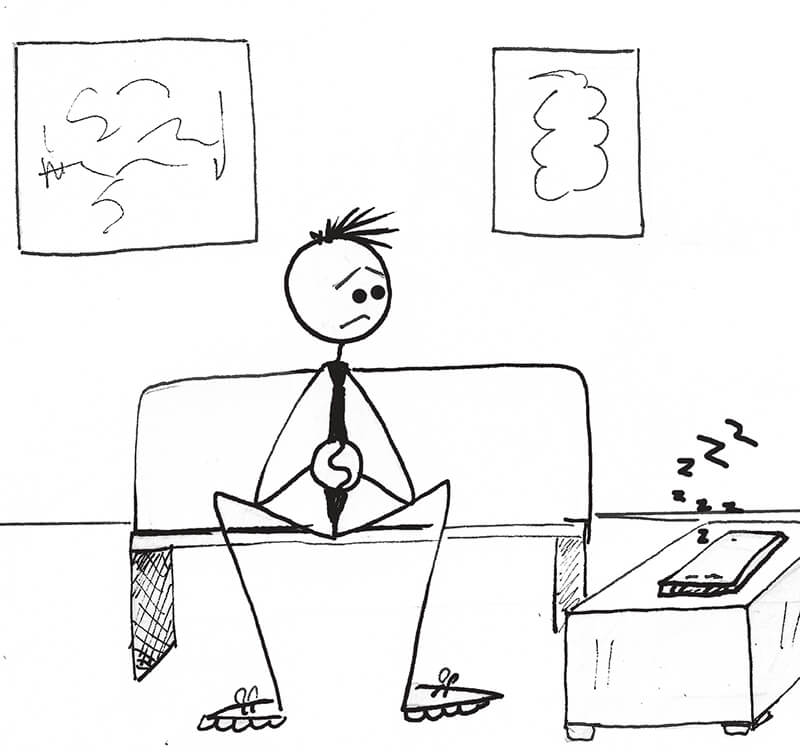Present perfect continuous
Il Present Perfect Continuous si costruisce come segue:
HAS/HAVE + BEEN + verbo in –ING
QUANDO SI USA
per riferirsi a un’azione iniziata nel passato e che continua fino al presente:
I have been waiting for your phone call.
Mark has been studying Spanish since he was a child
My mother has been cooking a lovely meal
Il Present Perfect Continuous è spesso usato con for (periodo di tempo) e since (momento preciso in cui ha inizio l’azione):
I have been waiting for your phone call for three hours
I have been waiting for your phone call since five o’clock

per enfatizzare l’azione stessa, che può essere o non essere completa:
My daughter has been putting everything in order, that’s why her room looks so neat.
Le domande con HOW LONG? richiedono l’uso del Present Perfect Continuous:
How long have you been waiting here?
NOTA BENE
Si usa il Present Perfect Simple:
per parlare di azioni brevi con verbi quali HAVE, STOP, BREAK ecc.
con verbi che esprimono un’attività della mente: NOTICE, FORGET, DECIDE, KNOW
per riferirsi all’ultima volta in cui si è svolta una determinata azione
Si usa il Present Perfect Simple o il Present Perfect Continuous indistintamente con i verbi WORK, LIVE e TEACH + for o since